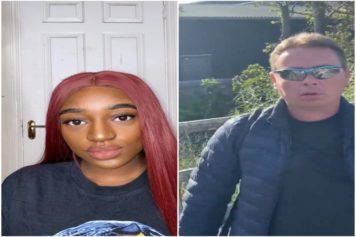There were more young people enrolled in Chicago public schools during the 2013-14 academic year who were considered homeless than in previous years.
The 2013-14 academic school year had 22,144 homeless students, compared to the year before where there were 18,669. The final end-of-the-year count is still pending, but so far, that is an 18.6 percent increase, according to the Chicago Defender News.
National Runaway Safeline executive director Maureen Blaha told the Chicago Tribune that the number of youths in Illinois contacting the hot line has steadily increased over the past three years. And every year, more say that they’re homeless when they call.
But in Chicago, nearly all the homeless students were youths of color, according to Anne Bowhay, spokeswoman at the Chicago Coalition for the Homeless — about 85 percent to be exact.
Patricia Nix-Hodes, director of the Law Project at the organization, suspects that, “we are looking at effects of foreclosures, job loss, people losing housing and being able to maintain it.” the Chicago Defender reported.
African-Americans were hit harder by the foreclosure housing crisis in the country and have less access to resources to keep their homes. Illinois ranked among the top five states with the highest foreclosure rates in 2013, according to Realty Trac.
Chicago was No. 3 of the top 20 metro areas facing foreclosures.
Homeless youths are incredibly vulnerable to being victims of trafficking or participating in illicit activities in order to survive. Some do stay in school, usually under the care of a guardian or family friends, if they are not with their parents.
But most homeless youths stay hidden and under the radar. This makes it difficult for advocates and officials to reach them to provide resources and assistance.
Which leaves one to wonder, how many will be sleeping in Chicago tonight — alone?
S.C. Rhyne is a blogger and novelist in New York City. Follow the author on Twitter @ReporterandGirl, http://Facebook.com/


